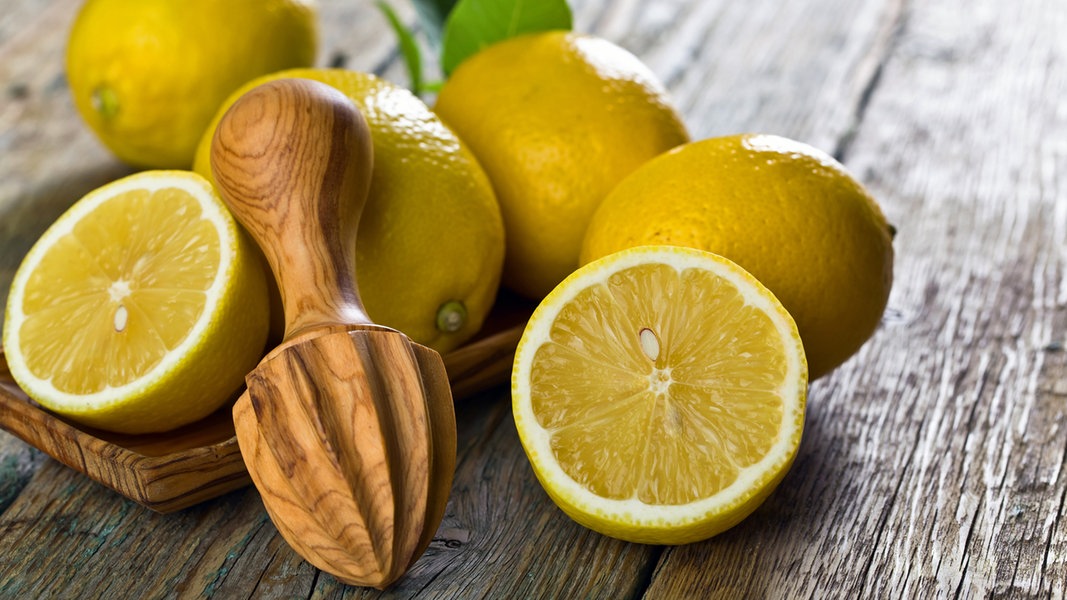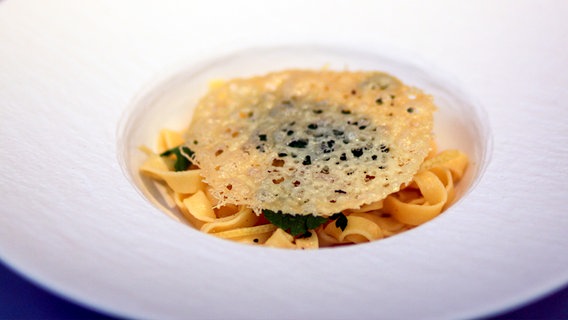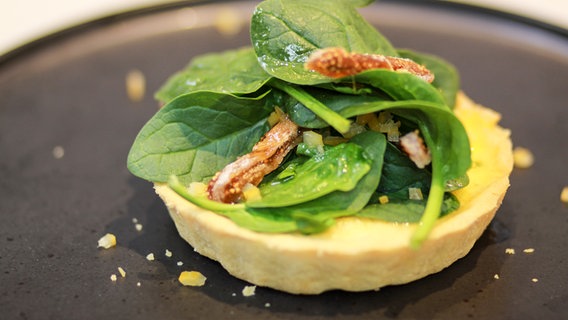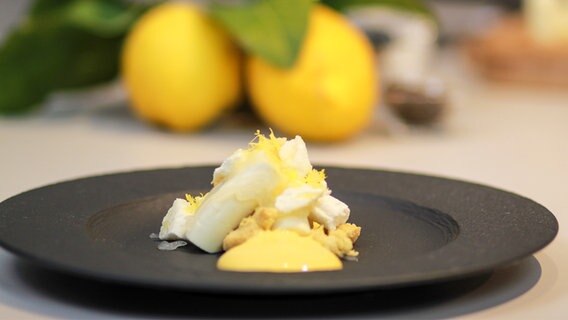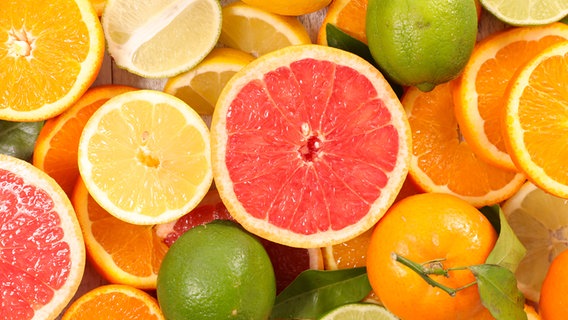Status: 04/13/2023 11:13 a.m
The healthy and aromatic fruits can be used in many ways in the kitchen. They taste great in cakes, with pasta, fish or poultry. Tips on storage and preparation as well as recipes.
Lemons contain a lot of vitamin C and can strengthen the immune system. The elongated, oval fruits with a yellow or yellow-green skin are particularly widespread around the Mediterranean. Their taste is extremely sour. Whether as a splash over a schnitzel or to refine desserts and savory dishes – the juice and zest of the lemon are an integral part of cooking and baking.
Lemon juice is used in salad dressings and cocktails, and it also protects fruit from turning brown. Finely grated lemon peel and lemon zest give fish or pastries a special aroma. For the Peruvian national dish ceviche, citrus juice is needed as a marinade for raw fish. The acid coagulates the protein in the fish meat and is thus cooked.
What types of lemons are there?
The Lemon Buddha’s Hand with its extraordinary fingers is valued for its mild peel.
Lemons come in many different and rare varieties. The varieties Verna, Lisbon or Eureka are commercially available. Amalfi lemons, which come from the southern Italian coast of the same name, are considered a delicacy. They are significantly larger than conventional lemons and have a much thicker, slightly wrinkled skin. Both the pulp and the skin taste very aromatic and less acidic. Amalfi lemons are very suitable for a lemon salad or for baking cakes. The Italian liqueur Limoncello is made from them.
The Meyer lemon, named after the American plant researcher who discovered it at the beginning of the 20th century and brought it to the USA, is known for its fine, milder aroma. A special and bizarre lemon is Buddha’s hand. The large citron has characteristic fingers that grow from the buds of the fruit. Its aromatic and slightly bitter-tasting skin is mainly used in the kitchen.
Further information
Recognize quality when shopping
Unlike oranges, for example, lemons continue to ripen. When buying, their skin should not be leathery and, if possible, not too thick. Small, heavy fruits are ideal – they give a lot of juice. When cut open, good quality can be recognized by a thin skin and few seeds. If you want to use the peel, you should go for organic quality.
Conventional citrus fruits are mostly contaminated with pesticides, often waxed or colored. The pollutants are then found on and in the shell. The skin and pulp should therefore not come into contact during preparation. Wash the lemon carefully under hot water and dry before peeling. After peeling, wash hands with warm water and soap.
Store lemons properly
The thicker the peel, the longer citrus fruits can be stored. They stay just as fresh in the fruit compartment of the refrigerator as they are in a cool pantry or in the cellar. It should be noted that more healthy nutrients are lost with longer storage. Do not store lemons next to other fruits and vegetables, otherwise the citrus fruits will ripen faster. Sliced lemons belong in the fridge.
Labeling of citrus fruits
For lemons that have been treated with preservatives or other chemical substances after harvesting, there is a labeling obligation – as is the case for oranges and tangerines. The use of wax must be declared on all citrus fruits. Notes such as “preserved” or “with preservatives” are intended to ensure transparency. However, terms such as “untreated” or “free from chemical treatment” are misleading for consumers. They simply mean that the fruit has not been chemically treated after harvest.
Further information

